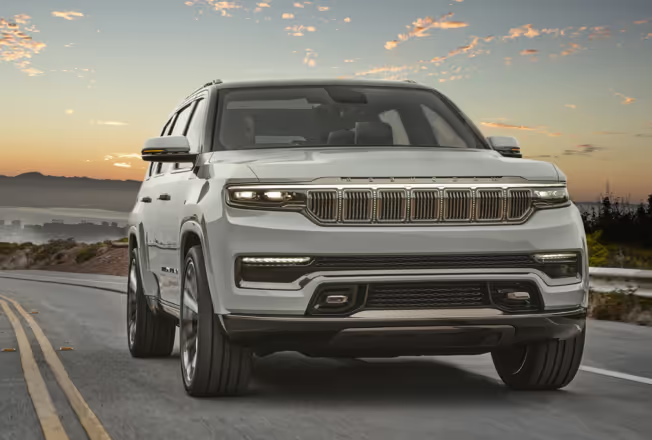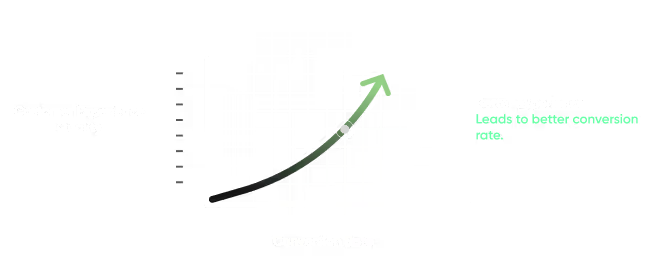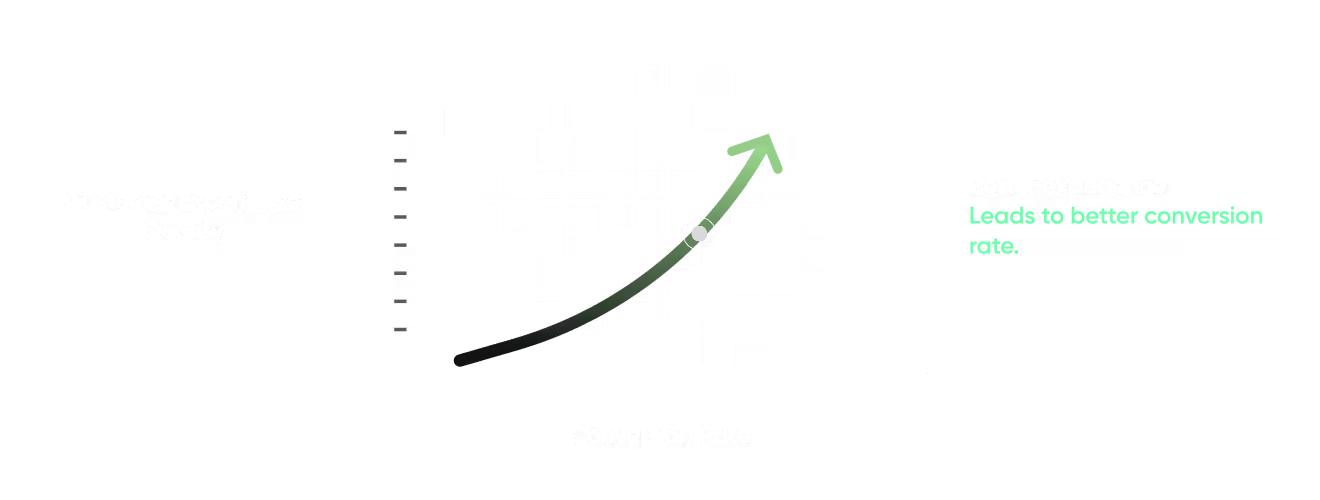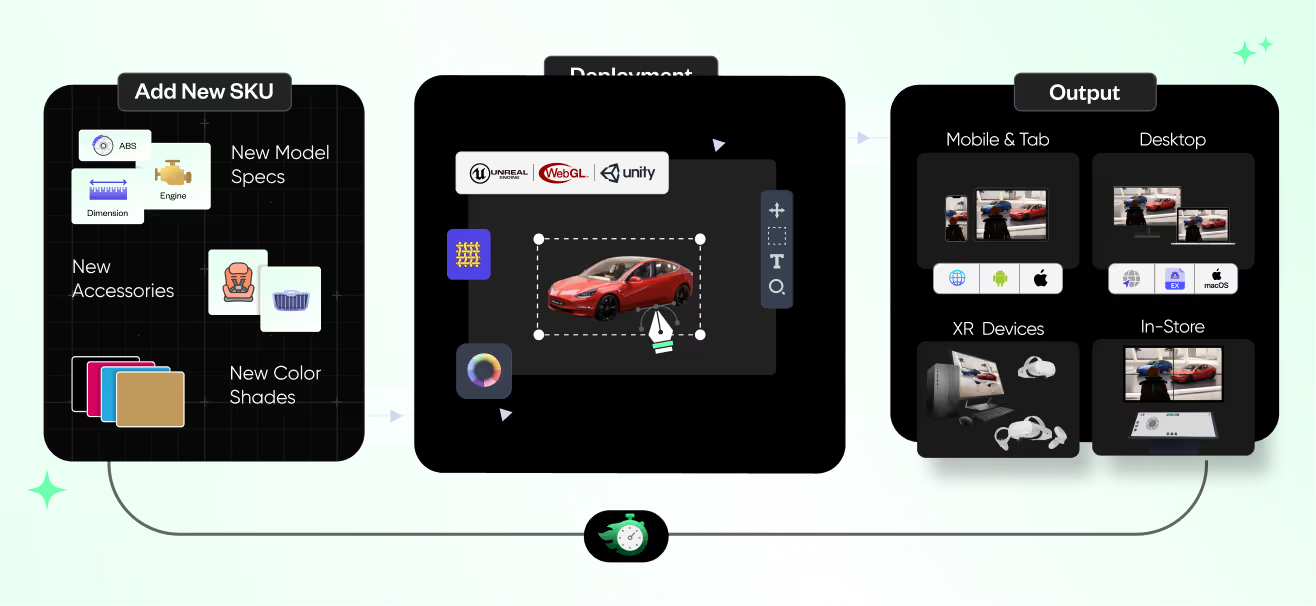How a Great Product Configurator Elevates Car Buying Experiences?

Overview
The automotive retail space is now more contested than ever before. Automakers are facing stiff competition from each other to deliver the most feature-packed products in each of the vehicle categories they compete in. Similarly, vehicle buyers of each category are also equally demanding of the automotive brands and dealers for a more premium and personal buying experience.
Car buying behavior has seen a dramatic shift during the last decade where buyers now first prefer to discover, assess, compare, and decide about what they would like to purchase from online channels before even considering visiting the brand’s website or a physical dealership.
The dealership visit has now become the last step for a majority of buyers across the world, where the main intent is to either test drive the car or to check the availability of the exact variant they like with the dealer. What prospective buyers experience between the above two phases of the buying journey will make or break an automaker’s perception, brand equity, demand, and ultimately the units they sell.

There is nothing more true than the old adage Experience is King! With that as a core aim, serving a delightful experience to car buyers is paramount for any automotive brand.
Automakers need to aim for being the most complete source of information about their products and how seamlessly this is served to buyers once they visit their brand’s website.
In order to present the information to car buyers, all automakers obviously use some version of a product configurator to display all their offerings. Almost all of them are consistently trying to optimize their configurator setup for higher conversions while getting mixed results at best.
1. What causes inconsistent experiences for car buyers?
A seamless experience is a reason that most car buyers first rely on non-brand sources like auto magazines, car review channels, and social media influencers to gather information about the car they like.
The next step for car buyers is to visit the brand’s website to deepen their assessment. Though website experiences will vary from brand to brand, here’s a list of the common friction points that car buyers while browsing which results in visitor drop-offs.
If the website has a confusing or cluttered design, difficult navigation, or lacks intuitive controls, it can make the browsing experience difficult and lead to short session times and drop offs.
If any configurator experience takes a long time to load, it can frustrate users and lead to a negative experience. Slow loading speed can be caused by large file sizes, server issues, or inefficient coding.
If the configurator doesn't make it easy for car buyers to compare the different features between variants, they may struggle to make informed decisions.
If the colors of the car in the configurator do not accurately reflect the actual shades, it can limit the ability of buyers to assess the vehicle's appearance.
If the website does not provide high-quality images, videos, or 3D renderings of the cars, it can limit the ability of buyers to assess the vehicle's appearance and features.
If the colors of the car in the configurator do not accurately reflect the actual shades, it can limit the ability of buyers to assess the vehicle's appearance.
Most people may start their search for anything on handheld devices. If the website experience is not optimized for smaller screens, buyers may not be able to fully see all the features of the car they like.
2. What makes a product configurator great?
In this section, we uncover the key elements that define a truly outstanding product configurator that enables Automakers to address all the challenges that their customers may face while experiencing their brand.
- Intuitive User Interface
A great product configurator starts with an intuitive user interface that provides easy navigation. Users should be able to effortlessly explore different options and customize their desired product. Clear menus, logical categorization, and intuitive controls contribute to a seamless user experience.
- Hyper-Realistic Representation
.avif)
Visual representation plays a crucial role in engaging users. A product configurator should offer hyper-realistic 3D renderings or high-quality images that accurately depict the car and its various color shades. This level of realism eventually helps customers make informed decisions and creates an immersive experience.
- Ease of Customization
To enhance user engagement, a product configurator should include multiple interactions and go beyond basic attributes, and offers a deep level of customization. It allows customers to personalize every aspect of their chosen car model, including color options, accessories, interior features, and more.
The depth of customization is available in a product configurator sets it apart and enhances the overall buying experience of their dream car. Moreover, it allows automotive brands to showcase the versatility and breadth of their product offerings, appealing to a wider range of customer preferences and increasing the likelihood of conversion.
- Ease of Comparison
Buyers want to compare and find the most suited variants. It is essential that the configurator enables them to easily evaluate the differences in features, specifications, pricing, and other relevant details.
A seamless and user-friendly comparison feature is an additional dimension that enhances the greatness of a configurator. Car buyers should be able to easily switch between variants, explore their unique features, and assess how each variant aligns with their preferences and requirements. When executed effectively, this capability saves a significant amount of time and effort, allowing buyers to make confident decisions without the need to gather information from multiple sources.c
- Visualization Performance
Laggy or slow visualization can significantly hinder the configurator's effectiveness. Users should experience zero lag when customizing their product and viewing the changes in real time. Smooth and responsive visualization ensures a seamless and enjoyable user experience, enabling customers to make choices quickly and confidently.
- Real-Time Support
.avif)
As most buyers discover products digitally first, providing real-time support to them has become a crucial aspect of a great product configurator. Car buyers often have questions, concerns, or specific requirements that require immediate assistance during the customization process. By incorporating real-time support features, such as chat, AI bots, or direct communication with representatives, a product configurator goes beyond just customization options and becomes a valuable tool for engagement and customer support.
- Extensibility to Add New Products
.avif)
A great product configurator should offer easy extensibility to add new products. This means that automakers should be able to effortlessly add new models, accessories, paint options, and other features with a fast turnaround time. This is critical for automotive teams while launching new models or facelifts. By prioritizing ease of customization and extensibility, automotive brands can keep their product configurators always up to date.
In summary, a great automotive product configurator must consist of an intuitive user interface, hyper-realistic representations, interactive customization features, easy comparison capabilities, real-time support options, extensibility for adding new products, and smooth visualization. By prioritizing these components, automakers can create a seamless and immersive buying experience that meets the demands of modern car buyers, ultimately driving customer satisfaction and boosting conversions.

.avif)






%202.svg)